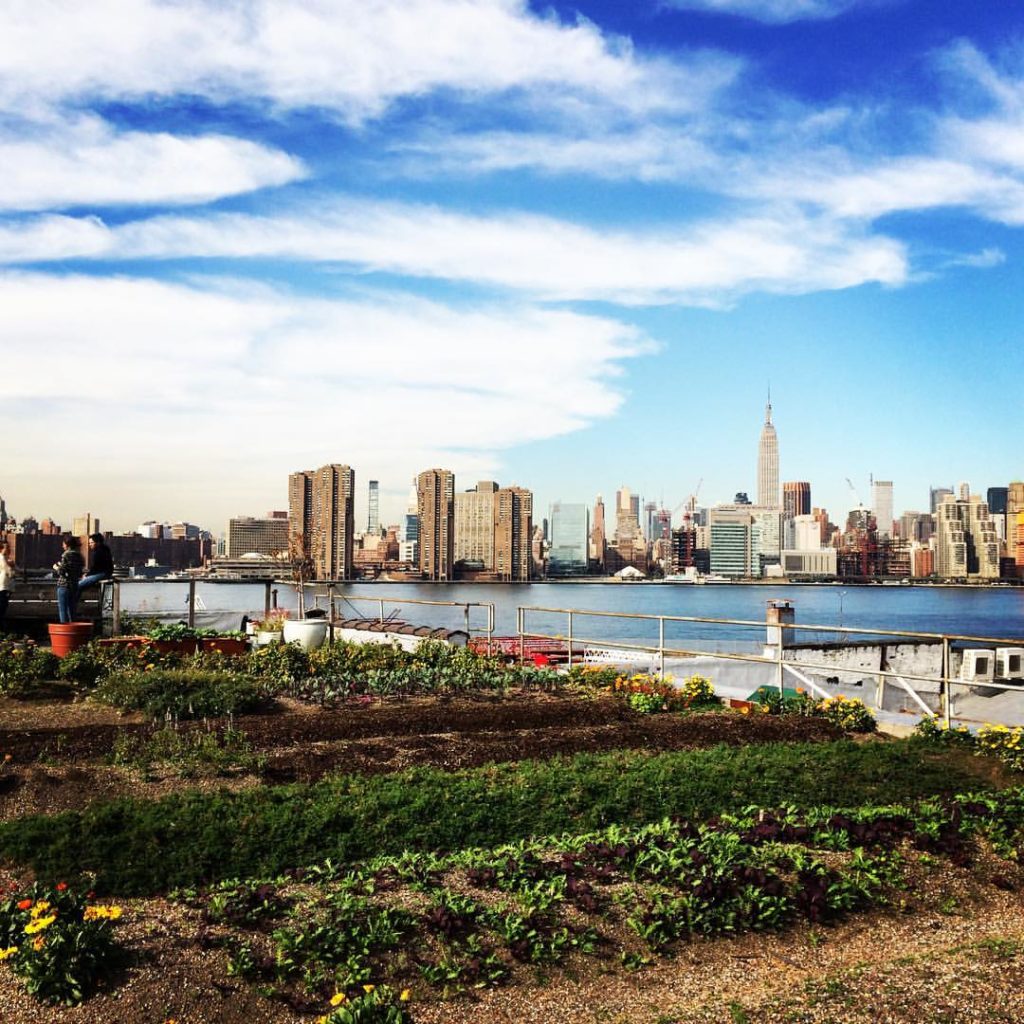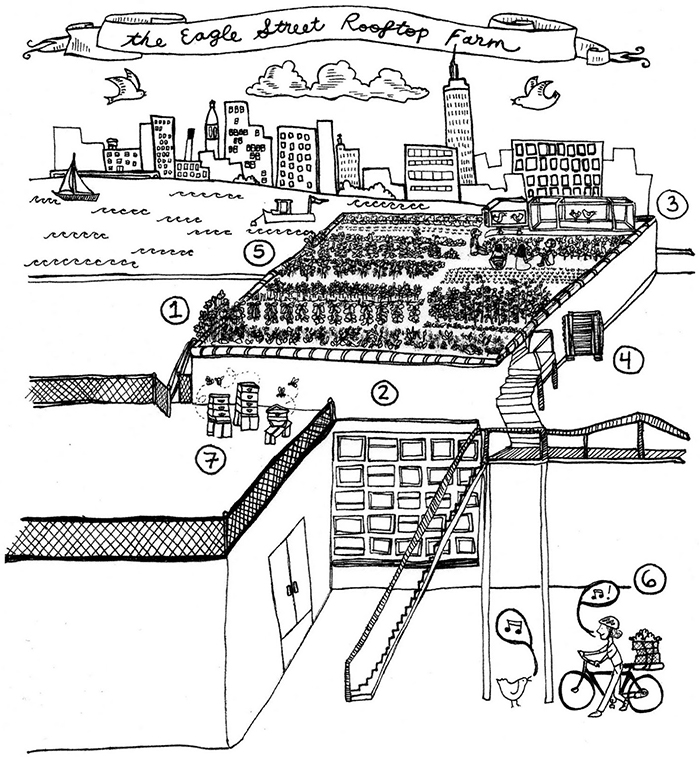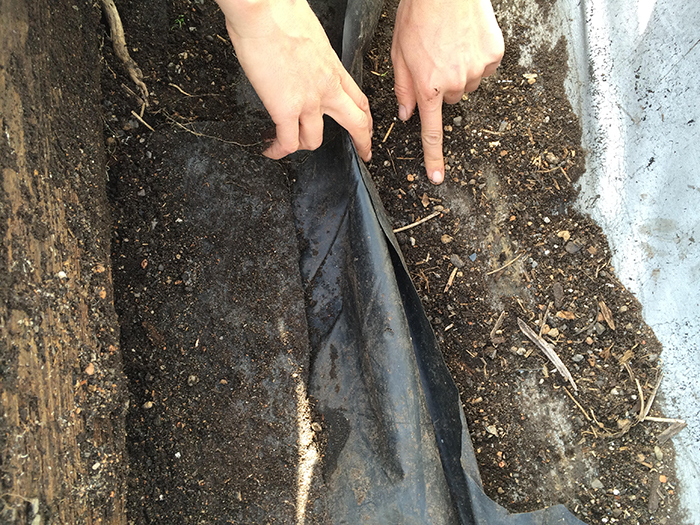News
The first commercial rooftop farm in New York

There is something fascinating about Rooftop farms. The view. The wind. The people. And…the taste? All this beneficial values. We visited Annie Novak to know what to think on before establishing a roof to farm.
A late autumn day in 2015 Victoria visited Eagle Rooftop farm in Brooklyn, New York. From the first welcoming by Annie Novak in the entrance and step into building you could feel that this was not an ordinary farm. Here there were some extra ambition put into fire to make something that never have been done anywhere else.
Eagle Street Rooftop farm was the first CSA (community supported agriculture) Roof top farm in the world. Which means that the farmers can be supported before the season start and share the risk with the consumers. Annie Novak’s mission was to show that it was possible to turn a Urban Roof top farm into a commersially successfull story – and so she and her partner did. The Roof top is placed on top of a Warehouse where all the organic vegetables are delivered after being harvested. Annie believes that the farm contribute to even greater values than delivering local food, it has foremost an educational value where people can learn where Food comes from and how you grow it. Annie invites both school classes and volunteers to help out in the gardening, seeding and harvest and through her educational program Growing chefs.
The design of the Rooftop
The Eagle Rooftop farm also shows a great example of how one can turn an existing building into a rooftop farm if the appropriate design is made. In contrast to many rooftop farms in Sweden where the roofs are established through a set of uplifted beds, the growing medium was laid directly on the roof with only a 5 cm layer of polyethylene, drainage mat and retention and separation fabrics in between. The growing medium was put into place at the roof by the help of a crane that delivered the soil in large bags. The growing medium is a mixture of compost, rock particulates and shale which makes it very lightweight, retains water and allows for air circulation.
Too add important nutrients the feces from the hens in the next building is spread over the hilly growing fields. All this costed only 10 dollars per square foot to install and today Annie can grow a great varieties of plants such as cucumbers, hot peppers, tomatoes, eggplants, spinach, radishes, kale, swiss chard, carrots, peas, beans, salad greens (lettuces, mustards, arugula) herbs (sage, tarragon, oregano, parsley, chives, cilantro, dill), and flowers (cosmos, zinnias, calendula, tobacco, daisys, hops) in only 12 cm deep soil. However, since it easily become very warm on the rooftop Annie learned that hot peppers, cherry tomatoes and sage could adapt much better than the squash to the climate. The crops are pollinated by bees who live one level lower than the farm which make the whole roof into one living ecosystem.
2 minutes mentoring with Annie Novak before you start a Rooftop farm:
1. Permission first.
If you are supposed to invest time and money into a project you want to make sure that it is allright. For instance look what is the demanded height in the city for and fire codes.
2. Check the site
If you are supposed to grow vegetables you will need a lot of sun, at least 6 hours per day. Make sure that your site is not shadowed.
3. Use water workarounds
If your site is located on a hard to reach place you don’t want to be running up and down with a hose.
4. Research soil
The growing medium is the most important when is comes to farming. You want to make sure that you have a growing medium that can hold a lot of water and nutrients and at the same time be light even when it is wet. You also want to make sure there is nothing harmfull in the soil.
5. Start planning now!
The planting can start early in april and go on until late fall. The season on the Rooftop is often a little bit longer due to the warmer climate. Contact engineers already today to check how much weight your Roof can hold and consult with landscape Architects for the design and plants.
Read more in Annie Novak’s book:“The Rooftop growing guide – how to transform your Roof into a Garden or Farm” and if you are visually laid; View this wonderful film about Eagle Roof Top and Annie Novak.
Do you want to farm on a rooftop?
Search in Discover if there is any space available or tips us if you have a space and search some more people to join your idea!
Kind regards
Victoria Bengtsson
Urban Planner The Foodprint Lab Architects
Certified in establishment and design of green rooftops
[email protected]






